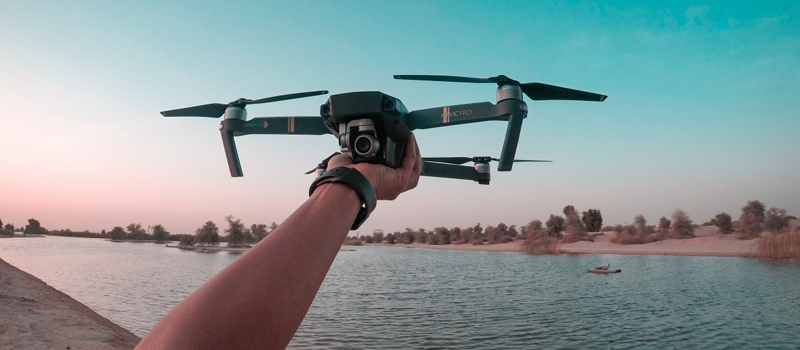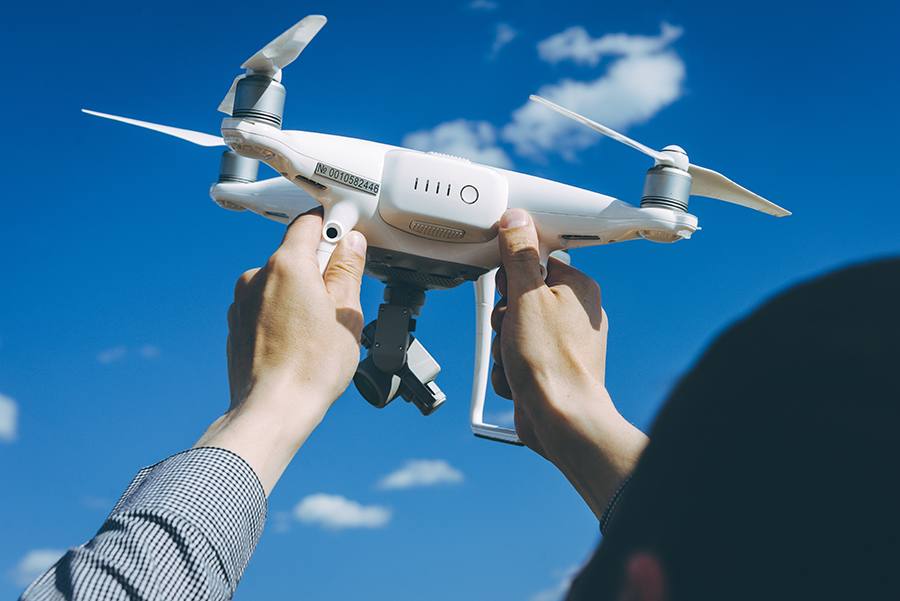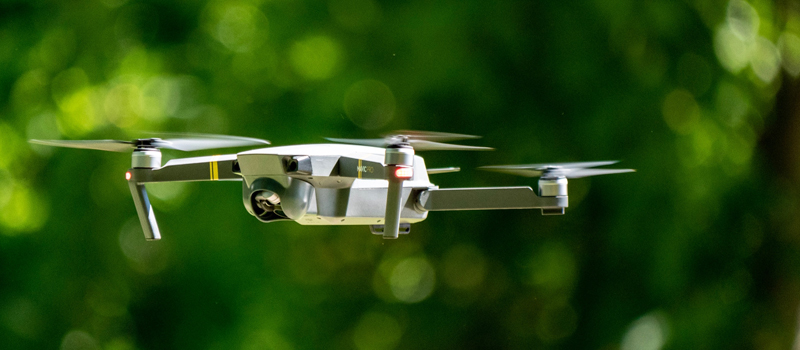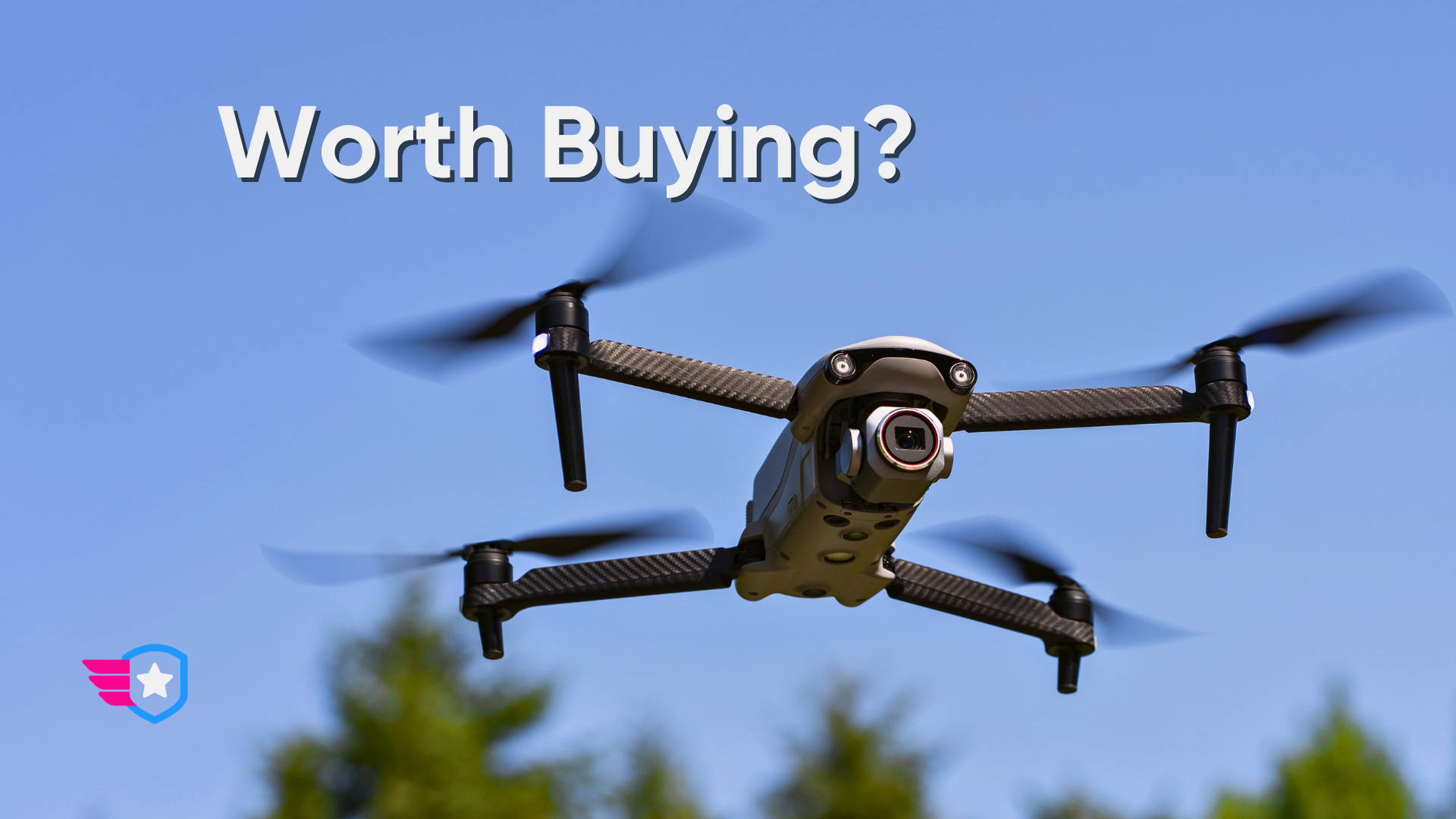One of the most nerve-wracking experiences for a drone pilot is to fly their expensive, top-of-the-line drone over a body of water. A crash on the ground is something that a drone can conceivably recover from, but the same cannot be said about a crash in the ocean.
However, flying a drone over water is almost unavoidable, particularly for those who do this professionally or simply like taking photos at the beach. With this level of risk acknowledged, how can a drone pilot fly their drone safely over water?
1. Get drone insurance with water damage coverage
If you value your drone, the first thing you need to do is to get drone insurance. This is crucial if you fly commercially or if you own a drone that’s particularly expensive.
In this instance, you will want to get drone hull insurance with coverage for water damage. This means that the insurance will cover any expenses related to repairing or replacing the drone should you crash or damage it in any manner. This is the best safety measure you can have for your drone, albeit one that will certainly cost you.
Just a warning – most insurance policies will require that you recover and present the damaged drone to make a claim. If your drone crashes in water, consider your options for how you will retrieve it. This is relatively easy in a lake but can be near-impossible in the open ocean.
2. Do a full pre-flight check
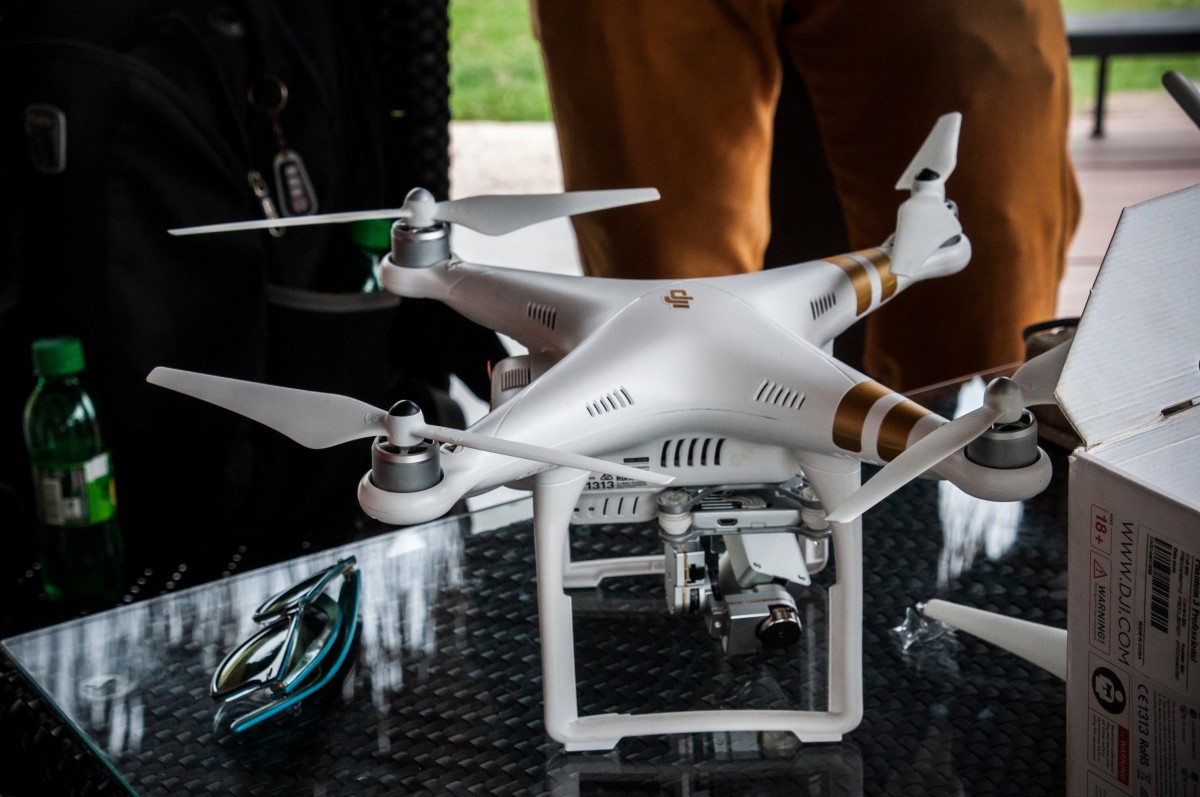
Over the water is probably the least ideal place to have something go wrong with your drone. Before venturing out into a lake or ocean, do a pre-flight check of your drone over the safe ground. This includes doing a few flight maneuvers, hovering in place (without VPS), checking for GPS reception, and making sure that your Home Point is set.
Although this should already be a habit regardless of where you fly your drone, flying over water just demands paying more attention to the pre-flight check.
3. Don’t rely on VPS
Many drones use sensors on the bottom side that are called Vision Positioning Systems (VPS). These use the proximity of the drone from the ground to establish altitude and to help it maintain a stable hover. The VPS feature of drones has a limited range but is quite useful when hovering at low altitudes.
However, VPS can run into problems when flying over a reflective surface such as water. Since the surface of the water is so unstable, a drone hovering based on VPS readings will inevitably drift in several directions. You may even find the drone automatically adjusting as it reads a changing “topography” below it.
There are two ways to avoid such issues. The first is to fly outside of the range of VPS, which is typically around 30 feet from the ground. The second, and more reliable, solution is to just turn off VPS completely. In any case, you should still have the benefit of GPS stabilization.
4. Watch out for waves, boats, and sea spray
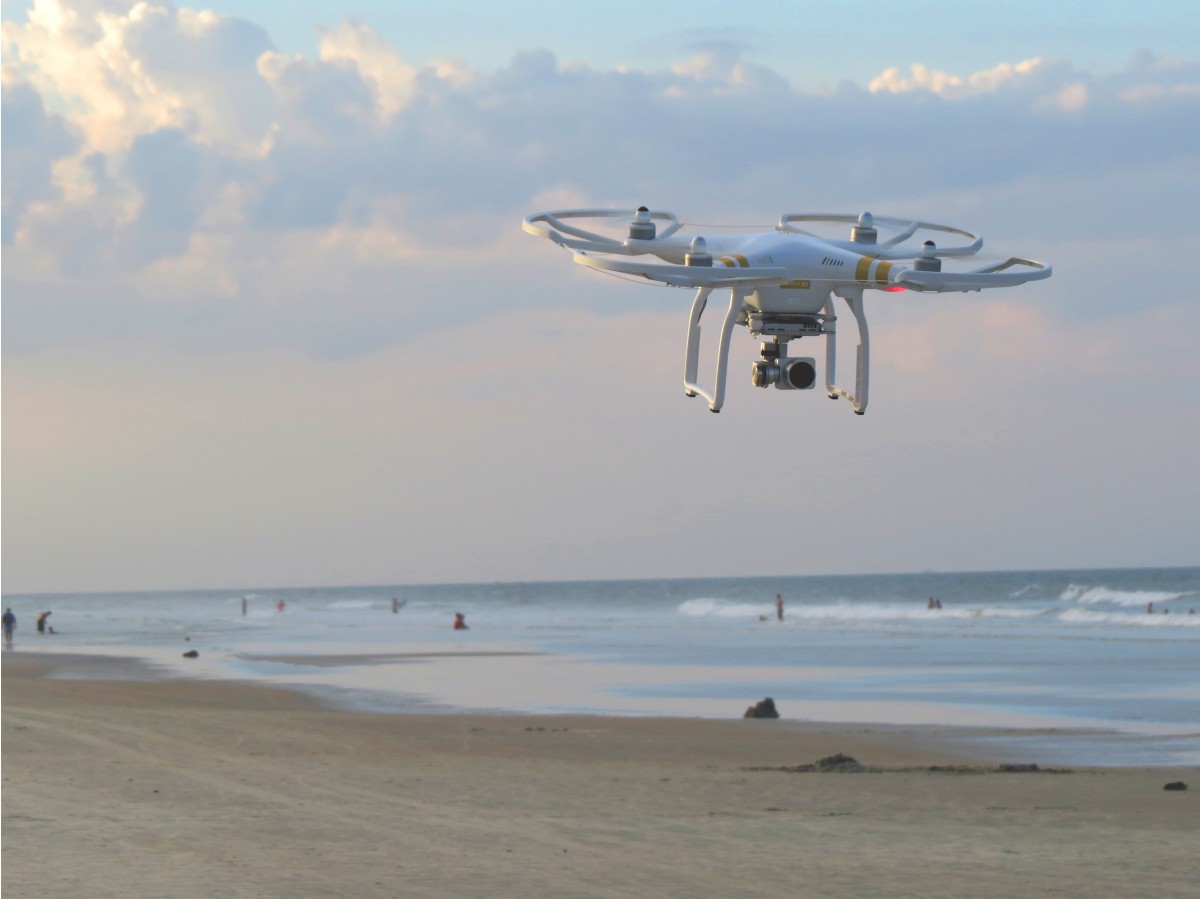
When flying over water, it’s a good idea to fly at high altitudes. Shots taken at low altitudes may look great, but you run the risk of getting wiped out by a large wave. Even if you think your drone is clearing the waves, don’t forget that there is still sea spray out there that you cannot see. If you’re not careful, you may find that your drone has gotten soaked by the time you get it back.
Steer clear of boats of any size when flying over water. Not only is it bad practice to fly your drone over people without notifying them, but you might also misjudge the altitude needed to clear a cruise ship or container ship. If there’s a large obstacle in your flight area, the best thing to do would be to retrieve the drone and fly elsewhere.
Altitude is something that you will want to pay special attention to when flying over open water. Altitude readings, especially in the ocean, can be distorted by frequent pressure shifts brought about by strong tidal winds. Your depth perception may also be altered if there is bright sunlight reflecting off the water.
5. Use a landing pad
Lots of drone pilots like to take their drones to beaches to capture cinematic shots. This is undoubtedly one of the best use cases for a good camera drone. However, the presence of sand is something you will need to prepare for.
Taking off on bare sand is probably one of the worst things you can do for your drone’s camera and gimbal. Sand particles are small enough to get into the small spaces of the gimbal and abrasive enough to scratch a camera’s lenses. If you’re taking your drone out on the beach, make sure to pack a foldable landing pad. This is an inexpensive accessory that almost instantly pays for itself by how well it protects your gear.
6. Watch out for birds
Any place that birds frequent is always a dangerous spot to fly a drone. Birds can easily knock the drone out of the sky but can also be injured by a drone’s propellers. Unfortunately, birds can be very common in the ocean or in watering spots like rivers and lakes.
This emphasizes the need to scan your surroundings every now and then while flying a drone. The general rule of thumb is to stay at least 150 feet from any bird. Granted that this isn’t easy to do, especially because birds can fly so much faster than a drone.
In any case, stay as far away from birds as possible. If there is a dense population of birds in your area, then it would be best to land your drone quickly and look for a different spot. In as much as you want to avoid damage to your drone, it is even more important that the birds in your area do not get hurt by your drone.
7. Turn around well before you need to
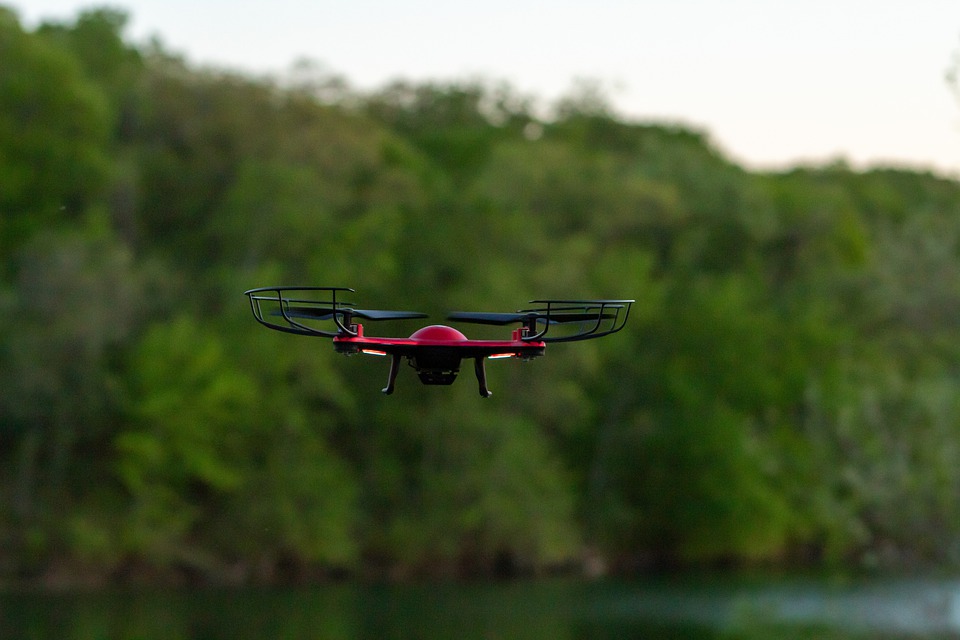
The concept of headwind and tailwind is crucial when flying in open water. Ideally, you want to fly out against a headwind and have a tailwind when you’re flying back. This is a scenario that is favorable to retrieving your drone as quickly as possible.
However, you may not always have the advantage of a tailwind when your drone is on its way back. This means that you need to give your drone more than enough time to fly back before its battery runs out, just in case you need to fly against a headwind. As you well know by now, running out of battery mid-flight has much more serious consequences when flying over water.
8. Plan your flight
This should be instinctive but bears mentioning anyway – try to keep your flight over water as short as possible. Spending an entire afternoon leisurely flying over an ocean or lake is basically asking for an accident to happen.
If you need to take a shot over water, then plan exactly where you’re going to take the shot and how to frame your subject. If you just want to take your drone for a spin, then plan a route that won’t take it too far away from you. The point is to have your drone spend a minimal length of time over water.
Final thoughts
Some of the best drone shots we have seen are those that have been taken over water. This alone justifies why flying drones over water, despite the risk involved, is such a compelling task.
The good news is that drone flight over water can be done safely as long as you’re prepared and that you are skilled enough. The most important thing is to exercise an excessive amount of caution – flying over water is the worst time to skip over a pre-flight check or push the limits of your drone.
